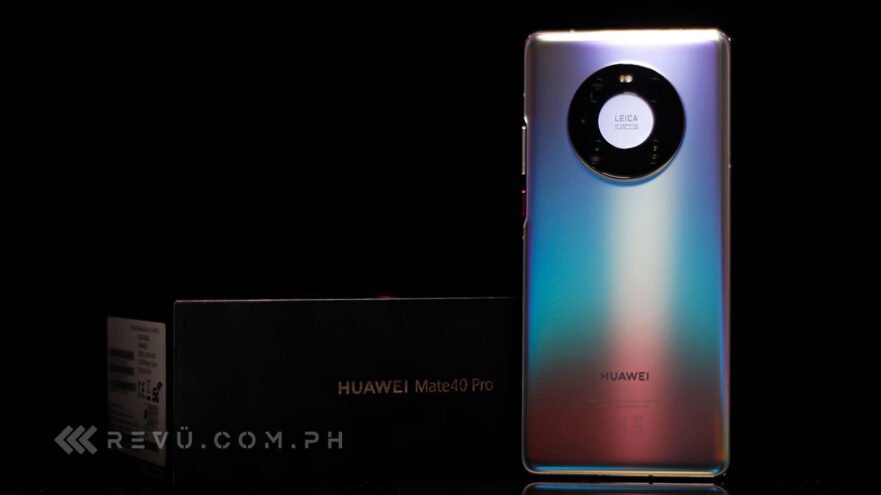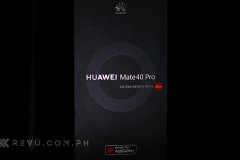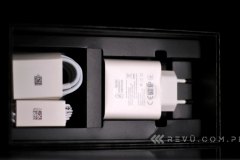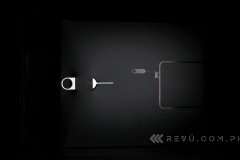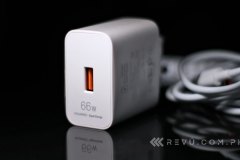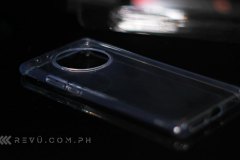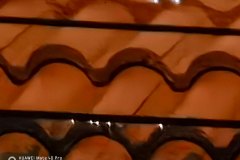The Huawei Mate 40, Mate 40 Pro, Mate 40 Pro Plus, and Mate 40 RS Porsche Design are out now in some countries, and the lineup is clearly the tech giant’s best smartphone hardware yet sporting the most powerful chipset in the HiSilicon Kirin 9000, the fastest wired and wireless charging we’ve seen from Huawei, and, of course, the latest and most advanced camera spec.
(Update, February 9: And here’s our long-term review of the Huawei Mate 40 Pro!)
(Update, December 1: Finally, the Huawei Mate 40 Pro’s Philippine price and release date…)
We are still waiting for Huawei Philippines to announce the launch date, local pricing, and availability of the Mate 40 series, but that should come soon, as we already have the Huawei Mate 40 Pro in for review. In Europe, it’s priced at €1,199 (around P68,395 or $1,411).
We’ll be reporting back on what we think of the device once we’ve had time to play around with it. Because really, there’s a lot to unpack here — from the new processor and camera system to the edge-to-edge Horizon Display. For now, we’re sharing our unboxing photos, as well as our first impressions of the Mate 40 Pro.
Unboxing
As with previous Mate releases, the Huawei Mate 40 Pro ships in a black, unassuming rectangular box that’s a little larger than the average smartphone packaging. It has the Leica branding, as usual, as well as the AppGallery seal that also serves as a subtle reminder that, like it or not, the app marketplace is now an integral part of Huawei’s smartphone identity, along with the company’s ecosystem of first-party applications.
To address the elephant in the room: No, the phone doesn’t have GMS or Google Mobile Services, or access to Google apps. There’s no Play Store either. Thankfully, installing Android apps on recent Huawei devices, including the Mate 40 Pro, is now easier than ever, courtesy of services like Petal Search, which is Huawei’s official search engine for Android apps and more, and the AppGallery.
We managed to install League of Legends: Wild Rift on our Mate 40 Pro with the help of Petal Search. Many other popular games, including Mobile Legends: Bang Bang, Call of Duty: Mobile, and Genshin Impact can be installed on the phone as well, provided you can find their installation files online.
What’s in the box
- Huawei Mate 40 Pro unit
- 66-watt SuperCharge power brick
- USB-C cable
- USB-C earphones
- Clear silicone case
- User guide
- Warranty card
- SIM-eject tool
Inside the box, you’ll find a pair of USB-C earphones (because the Huawei Mate 40 Pro doesn’t come with a regular headphone jack), a USB-C cable, and a 66-watt wall adapter for fast wired charging. Yes, 66 watts. It’s among the highest-rated chargers out there and should make the Mate 40 Pro one of the fastest-charging devices on the market today.
It uses proprietary technology to pump all the 66 watts into the 4,400mAh battery, and in our testing, we were able to get a full charge from zero in just 50 minutes. Half an hour plugged in got our unit to 85%. Absolutely impressive stuff.
Everything inside the Huawei Mate 40 Pro box except the unit itself
You can also recharge the Huawei Mate 40 Pro wirelessly up to 50 watts, rivaling the Xiaomi Mi 10 Ultra, but you’ll need to buy a Huawei SuperCharge Wireless Charger Stand or Huawei SuperCharge Wireless Car Charger to enjoy the fastest charging possible.
Bigger and bolder
As you’ve probably seen in pictures and videos, the most notable hardware change this year is, well, the hardware itself. Huawei has given the Mate 40 Pro a serious makeover and a substantial size increase that some users might not like. Sure, there are carryovers from last year, too, such as the IP68 rating for water resistance and circular camera module on the back.
Not only is the new Mate taller and wider than its predecessor, it’s also bigger than the standard Mate 40. Last year’s Huawei Mate 30 Pro was slightly smaller than the Mate 30, but the difference could really be felt in the hands because of the former’s aggressive curvature. Unlike the previous model, the Huawei Mate 40 Pro is a hulking handset we can’t wrap our fingers around. It gets better the more you look at the back of the device, trust us.
Our Mate 40 Pro in Mystic Silver is a stunner. The glass rear boasts fancy rainbow coloring with a refreshing matte texture on top, and the marriage makes for one of the most attractive finishes you’ll ever see. It’s gorgeous yet functional at the same time — the frosted finish helps provide a more secure and comfortable grasp of the phone, if you’re against slapping a case on the Mate 40 Pro. And we get it: We don’t want to ruin the aesthetic either.
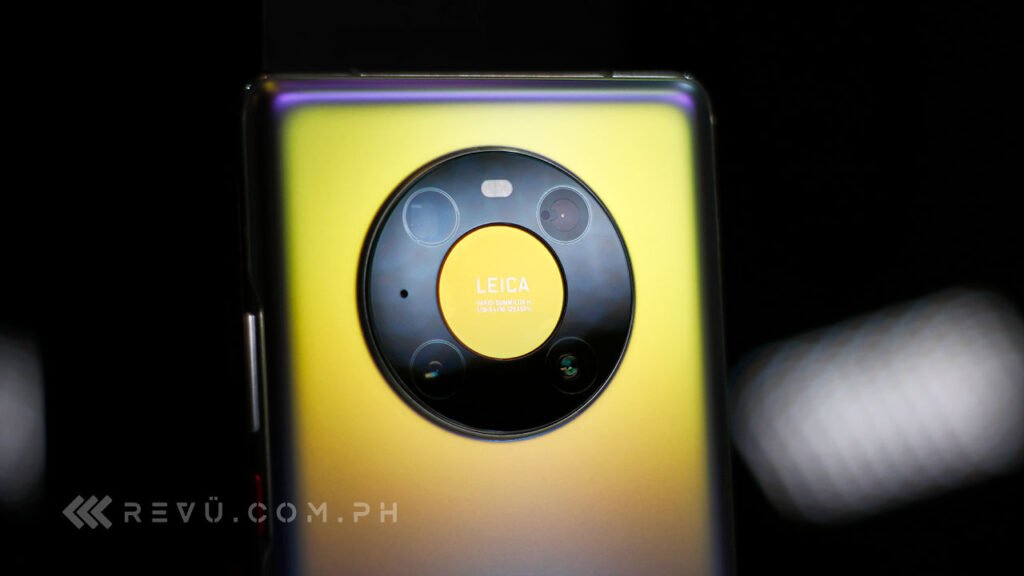
On the rear panel is a circular camera module
While the circular camera module isn’t revolutionary, it does look nicer than the unit on the Mate 30 Pro. The center of the module where the Leica branding appears could have been better used for something functional, like a tiny mirror that allows you to take selfies and group shots using the main camera.
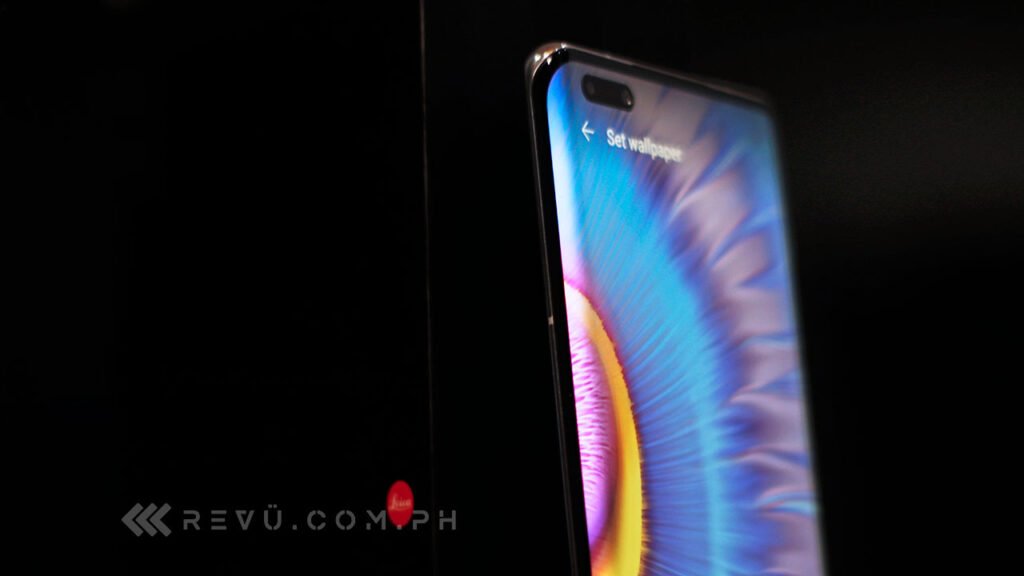
The OLED screen curves at both sides for better grip
Meanwhile, the OLED screen curves at both sides for even better grip and leads to an aluminum chassis with several antenna lines. As with the Mate 30 Pro, the sides of the display include capacitive controls that allow you to adjust the volume by simply double-tapping the edge then sliding your finger up or down the panel. You can configure the volume controls on the left or right edge of the screen, or on both.
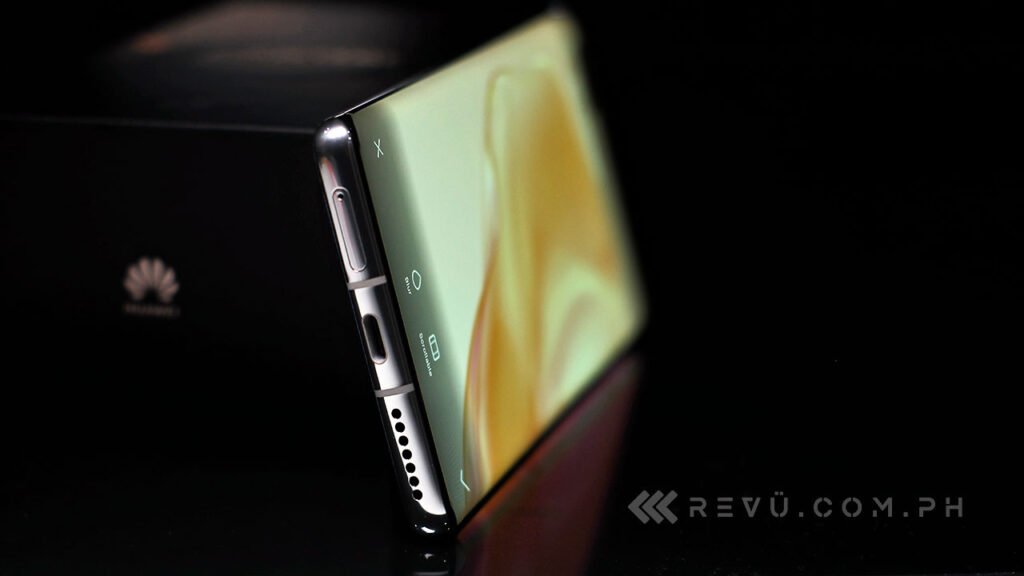
A card tray sits at the base alongside a USB-C port and some drilled speaker holes
The Huawei Mate 40 Pro has physical buttons along the right-hand side for power/wake and volume, if you prefer the tactile feel of button presses. A card tray sits at the base and takes a SIM card and a Nano Memory card for storage expansion. There’s also a USB-C port alongside some drilled speaker holes. You’ll find speaker holes up top, too, completing the Mate 40 Pro’s stereo sound system, which delivers strong and reasonably deep bass.
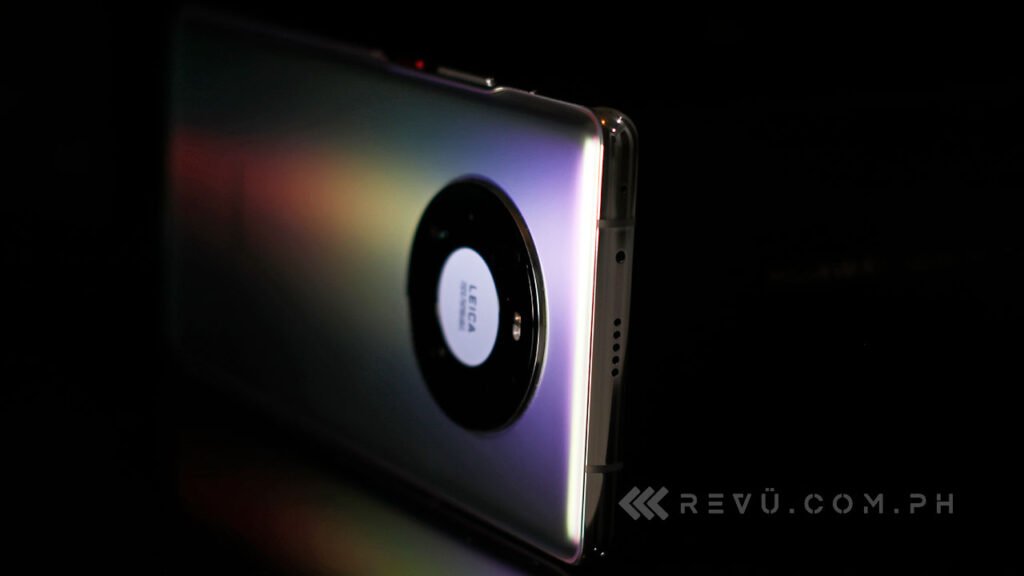
You’ll find speaker holes up top, too
The OLED display that spills over to its sides is 6.76 inches, with an odd 2,772 x 1,344 resolution, which is somewhere between 1080p and 2K, while the pixel density works out to 456 dots per inch. It’s not the sharpest around, but it’s plenty sharp for all kinds of content, and the panel also supports 90Hz refresh, same as the Huawei P40 Pro and Mate 40.
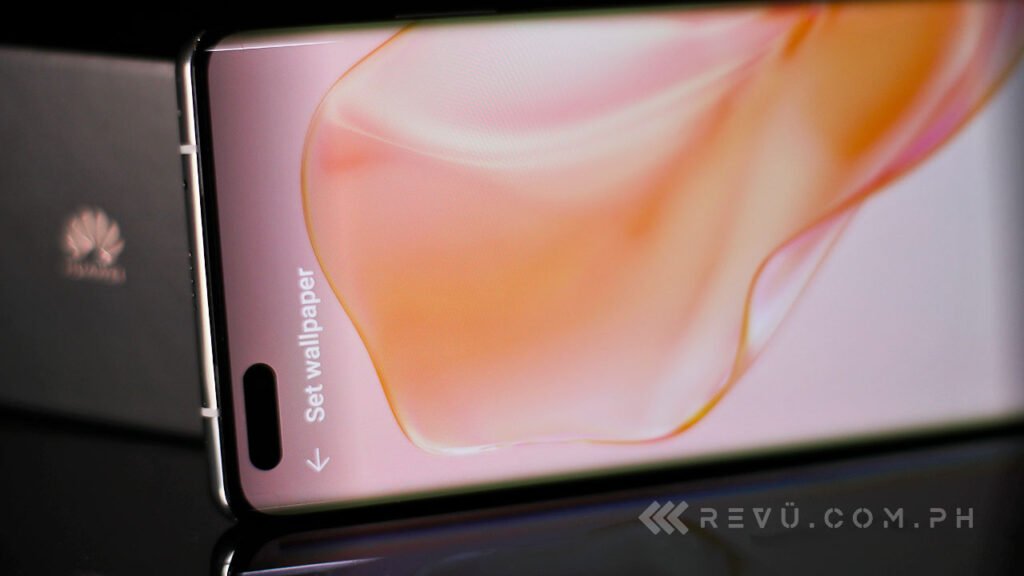
The Huawei Mate 40 Pro has shrunk the face-detection tech and selfie camera of the Mate 30 Pro into a pill-shaped dual punch hole in the top left corner
And like the P40 Pro, the Huawei Mate 40 Pro has shrunk the face-detection tech and selfie camera of the Mate 30 Pro into a pill-shaped dual punch hole in the top left corner. Impressively, it’s smaller than the punch hole in the P40 Pro.
Huawei has added new facial-recognition smarts that allow the always-on display to turn on with a tap or a glance at the screen, among other features. The air gestures that let you operate the phone remotely work well and are more responsive this time around.
The other thing that’s special about the Mate 40 Pro is that it debuts Huawei’s new HiSilicon Kirin 9000 chipset. It’s the company’s initial 5nm offering and one of the first on the market built on the industry’s smallest process node.
READ ALSO: Huawei Mate 40 Pro scores over 720,000 in Antutu Benchmark
Since it’s built on a 5nm node, it offers better efficiency and performance than 7nm chips, which include the Qualcomm Snapdragon 865 and Snapdragon 865 Plus. Additionally, the Kirin 9000 is the first to incorporate a 5G modem into its design the way the Kirin 990 5G and 820 do.
We couldn’t run benchmarks on our unit, so you’ll just have to take our word for it when we say that the Huawei Mate 40 Pro is as smooth and fast as any flagship phone we’ve tested. Obviously, it can game, too, and the thermals seem well-managed despite the glass back, although we haven’t really put the device through its paces yet with some graphically demanding applications.
Great for photos but also optimized for video
Now, let’s talk about the new Leica-tuned camera hardware around the back, the one that earned the Huawei Mate 40 Pro the highest rating ever in DxOMark’s phone-camera charts. The primary option is an optically stabilized 50-megapixel unit with f/1.9 aperture lens. It’s accompanied by a 20-megapixel, f1/.8 Ultra Wide Cine camera and a 12-megapixel periscope telephoto cam that brings optical image stabilization and up to 50x zoom in aggregate. There’s also a laser sensor for accurate and fast auto-focus.
Just a few pictures taken with the Huawei Mate 40 Pro for now: 1) Ultra-wide; 2) Ultra-wide, Night mode; 3) 1x; 4) 1x, Night mode; 5) 5x zoom; 6) 10x zoom; 7) 50x zoom; 8) 1x; 9) 5x zoom; 10) 10x zoom; 11) 50x zoom; 12-15) Auto
The front-facing system pairs a 13-megapixel shooter with a ToF or Time of Flight sensor for portraits and face unlock. The selfie cam can also automatically adjust its field of view depending on the number of faces in a frame.
The Mate 40 Pro is also marketed as a capable video recorder. It doesn’t record in glorious 8K, but it does go all the way to 4K at 60 frames per second using its rear and front cameras. Notably, the phone uses generous bit rates to record footage; 4K at 60fps has a bit rate of 100Mbps, while 1080p at the same frame rate gets 40Mbps.
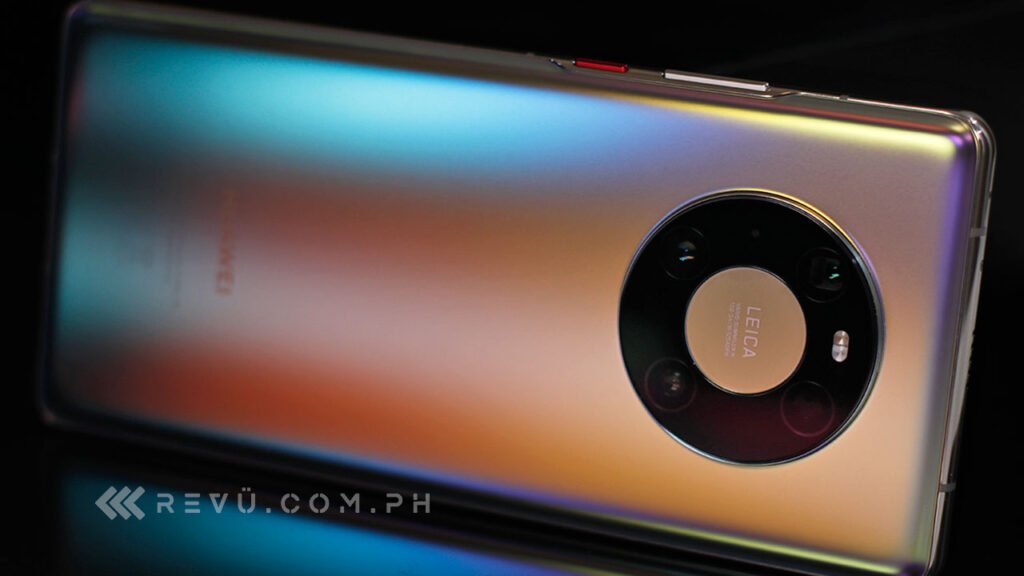
As usual, there’s plenty of shooting modes to try out for fun or serious shooting, with the notable addition this year being Huawei’s Story Creator mode, which makes it easy to produce professional-looking short videos for social media. That, coupled with the smartphone’s imaging hardware, reads like a match made in heaven.
We’ll publish our full review of the Huawei Mate 40 Pro in a few weeks, so watch for that. But based on what we’ve seen so far, it is shaping up to be a flagship phone worth waiting for.
Huawei Mate 40 Pro specs
- 6.76-inch curved OLED display, 2,772 x 1,344 resolution, 90Hz refresh rate
- Octa-core 5nm Kirin 9000 processor with built-in 5G
- Mali-G78 MP24 GPU
- 8GB RAM
- 256GB storage
- Quad 50-megapixel, f/1.9 (main), 20-megapixel (Cine ultra-wide), 12-megapixel (periscope telephoto) with OIS, TOF 3D rear cameras
- 13-megapixel (Cine), f/2.4, TOF 3D front cameras
- Fingerprint reader (in-display)
- 4,400mAh battery with 66-watt USB-C charging, 50-watt wireless fast charging
- EMUI 11 based on Android 10
- IP68 rating
- Color options: Mystic Silver, Black, White, Yellow (leather), Green (leather)
Share this Post


